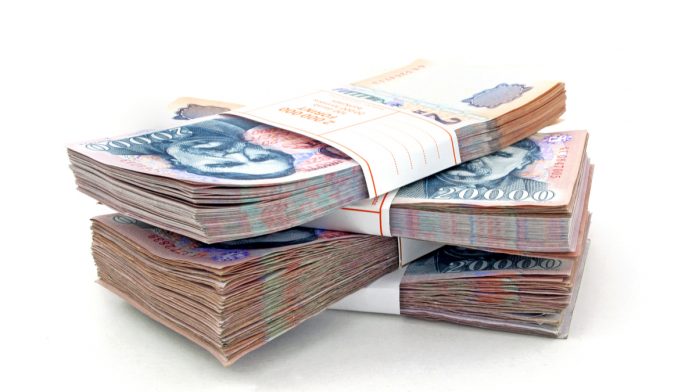The Hungarian Forint has staged a slight comeback on Thursday after initially weakening versus the US Dollar.
The Hungarian Forint shed 0.9% of its value versus the greenback on Wednesday ending the session at 323.15. The Forint continued to weaken overnight to 324.67 before clawing back losses early in the European session.
At 09:15 UTC, USD/HUF is trading flat at 323.15, after easing back from overnight highs of 324.67, as investors cheer better than forecast construction data and look towards US jobless claims.
Hungarian Construction Output Jumps 2.5%
The Hungarian Forint is clawing back earlier losses after better than forecast construction data. Construction output increased 2.5% on an annual basis in February, up from -2.5% in January and well above expectations of a -2.2% contraction. Whilst this data is from before the coronavirus outbreak in Europe, it shows that the sector was in good shape prior to the coronavirus hit.
The encouraging data helped lift demand for the Forint, which has dropped sharply in the previous session in broad risk off trading.
Disappointing US corporate earnings and dire economic data in the previous session saw investors sell out of riskier currencies such as the Hungarian Forint and move into safe havens such as the US Dollar.
5.1 Million Jobless Claims Forecast
The Dollar benefited on Wednesday from its safe haven properties as investors feared that the economic impact from the coronavirus lock down will be worse than initially feared. Data from the US Commerce Department showed that retail sales slumped by 8.7% in March, this is the largest fall since record began in 1992. These figures revealed the scale of the collapse in consumer demand.
Today investors will look towards the release of US initial jobless claims. Analysts are predicting that an additional 5.1 million Americans signed up for unemployment benefits in the week ending 10th April. This will put the total at 21 million Americans over a four-week period, which equates to 13% of the US workforce. With so many Americans out of work, any economic recovery could be drawn out. A weaker than expected figure could further boost demand for the safe haven US Dollar





